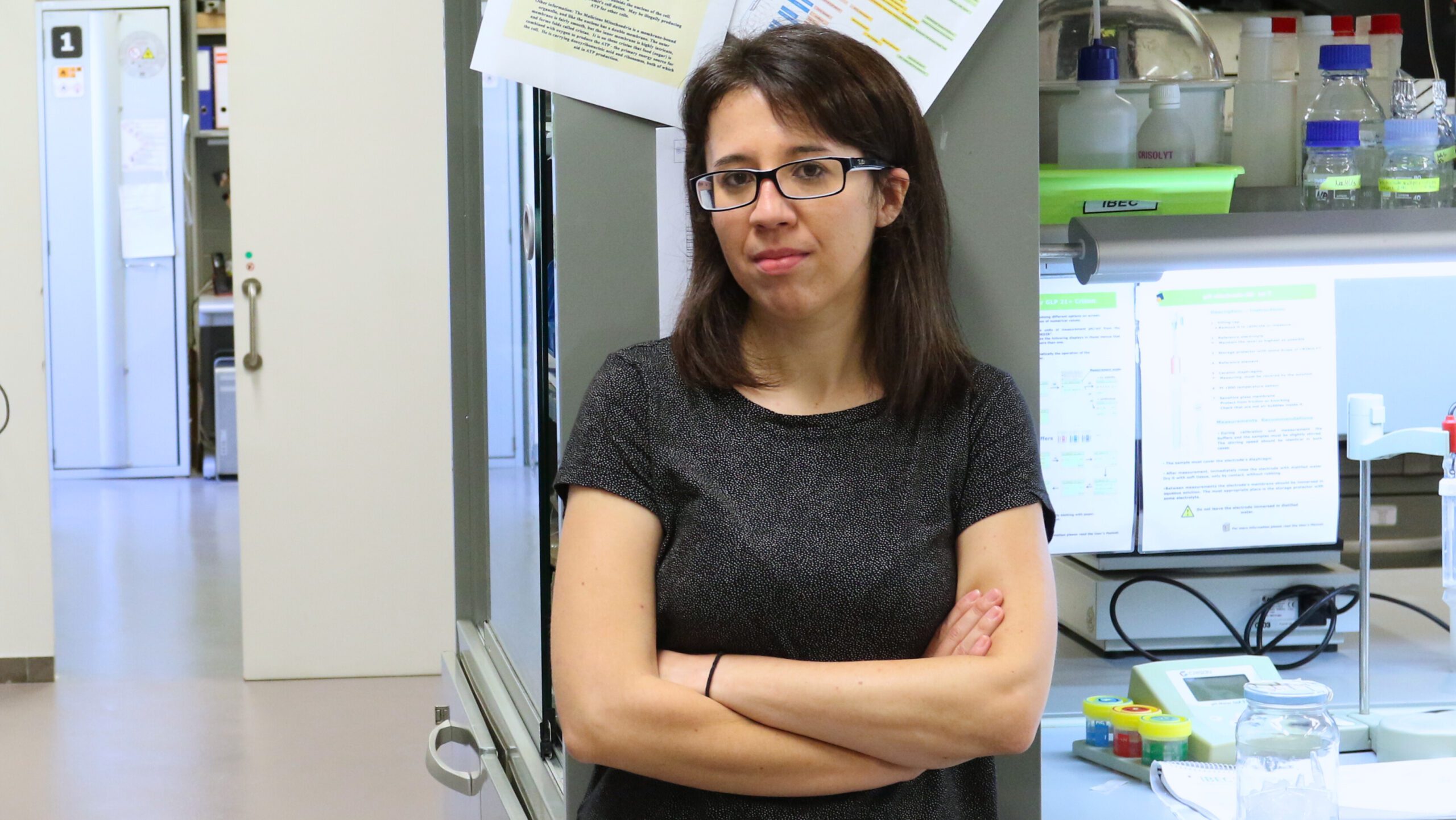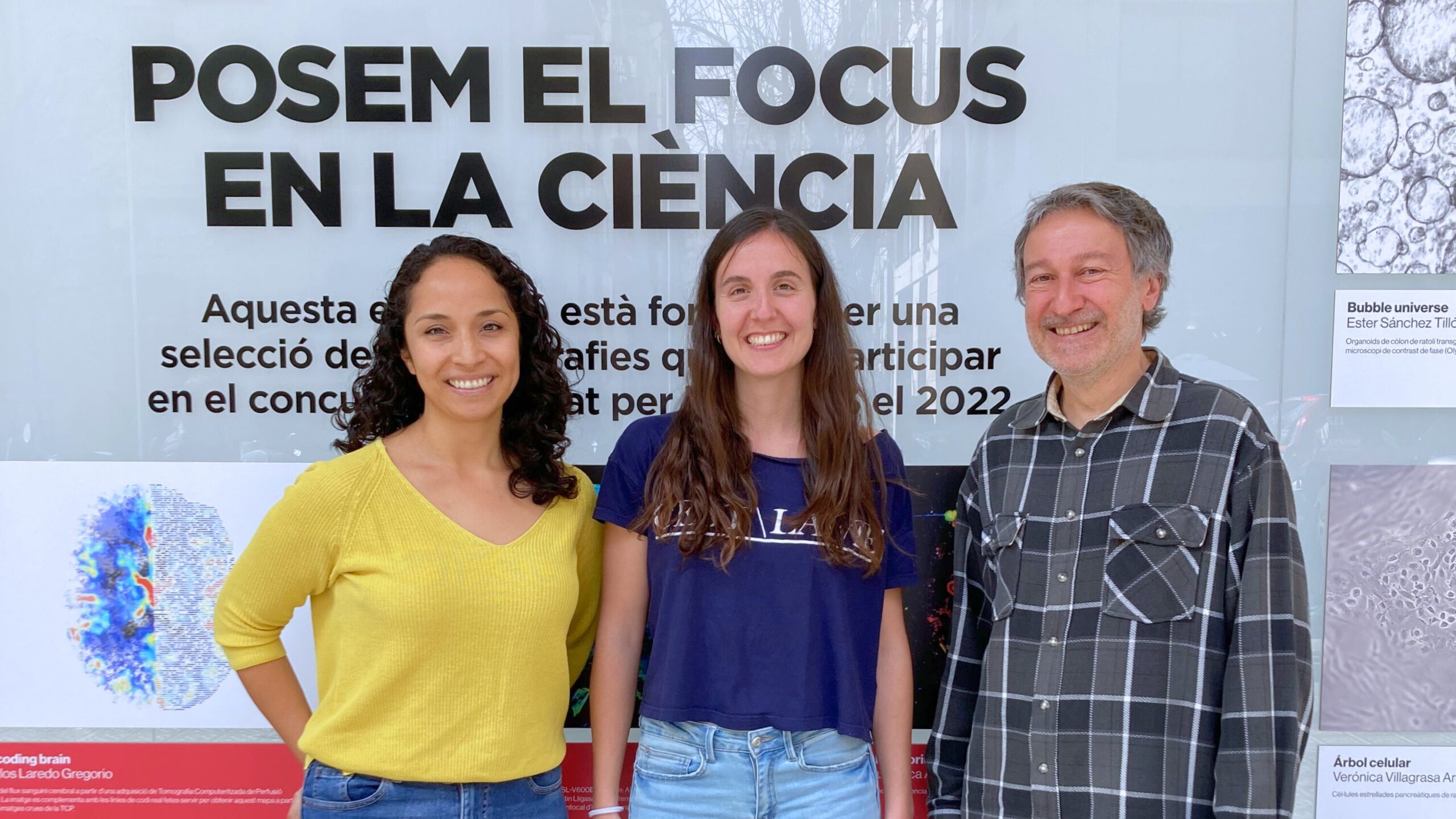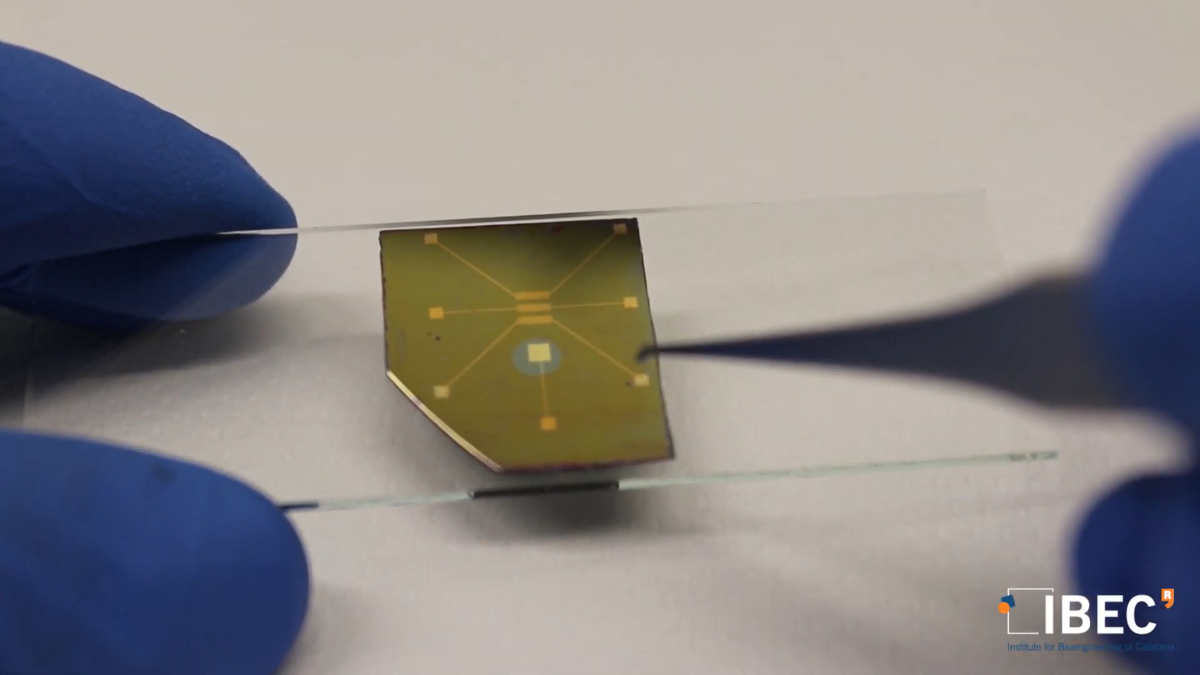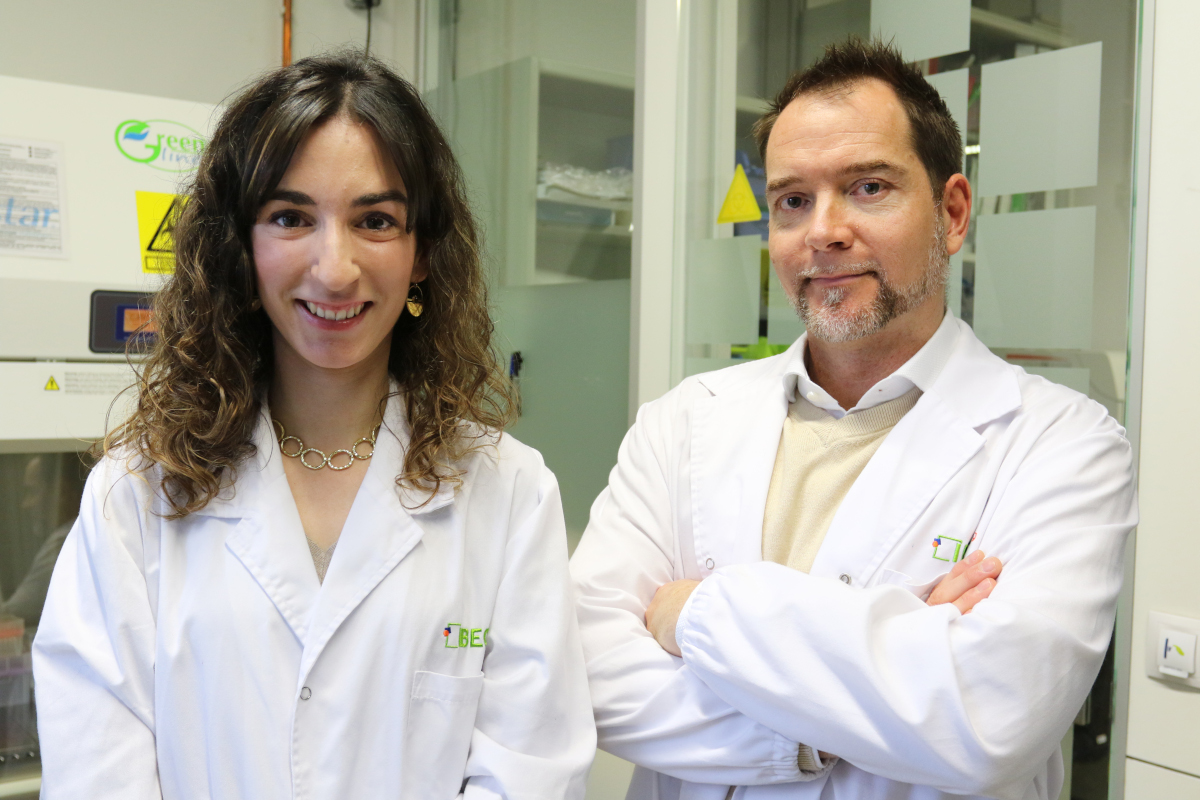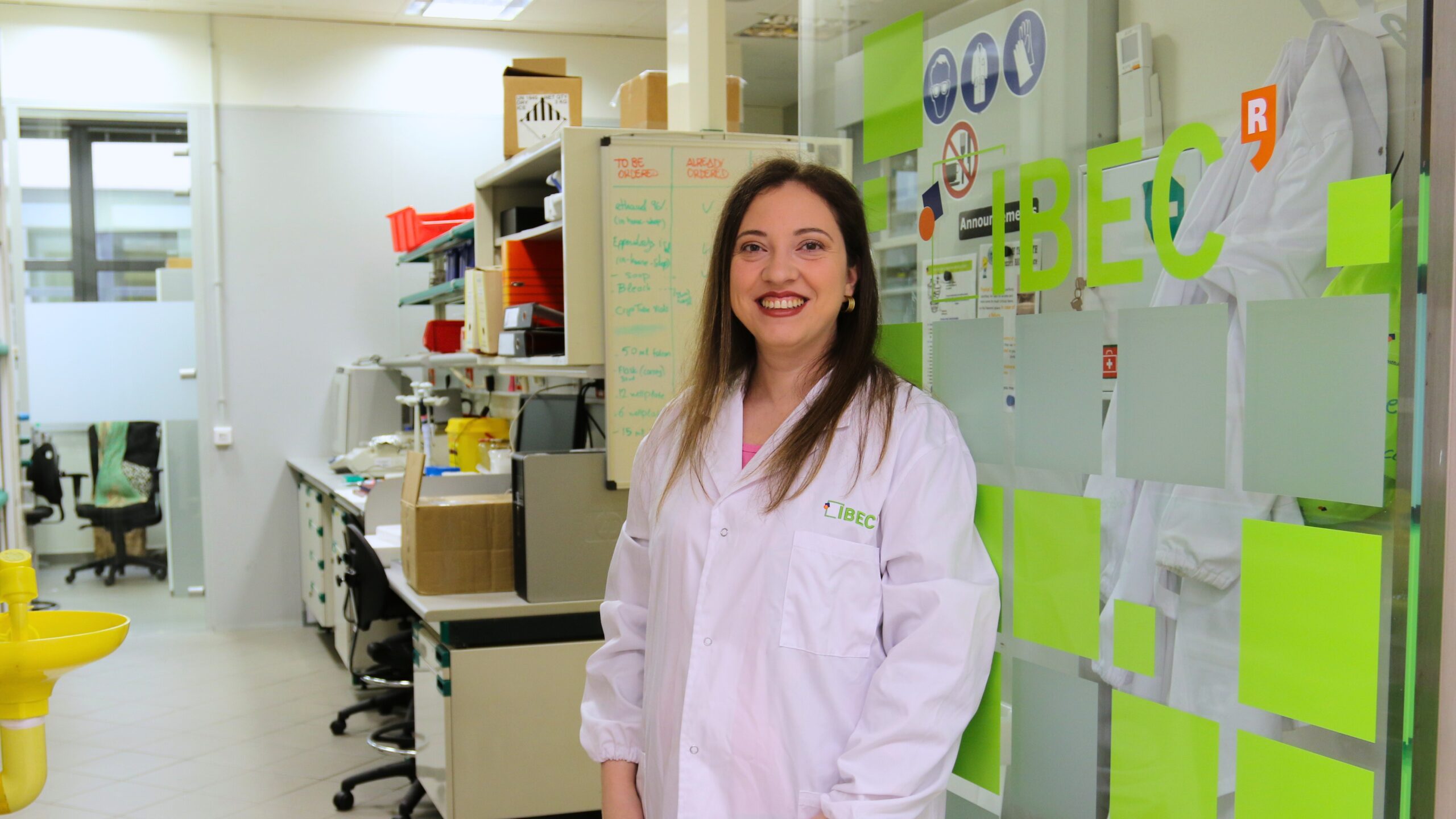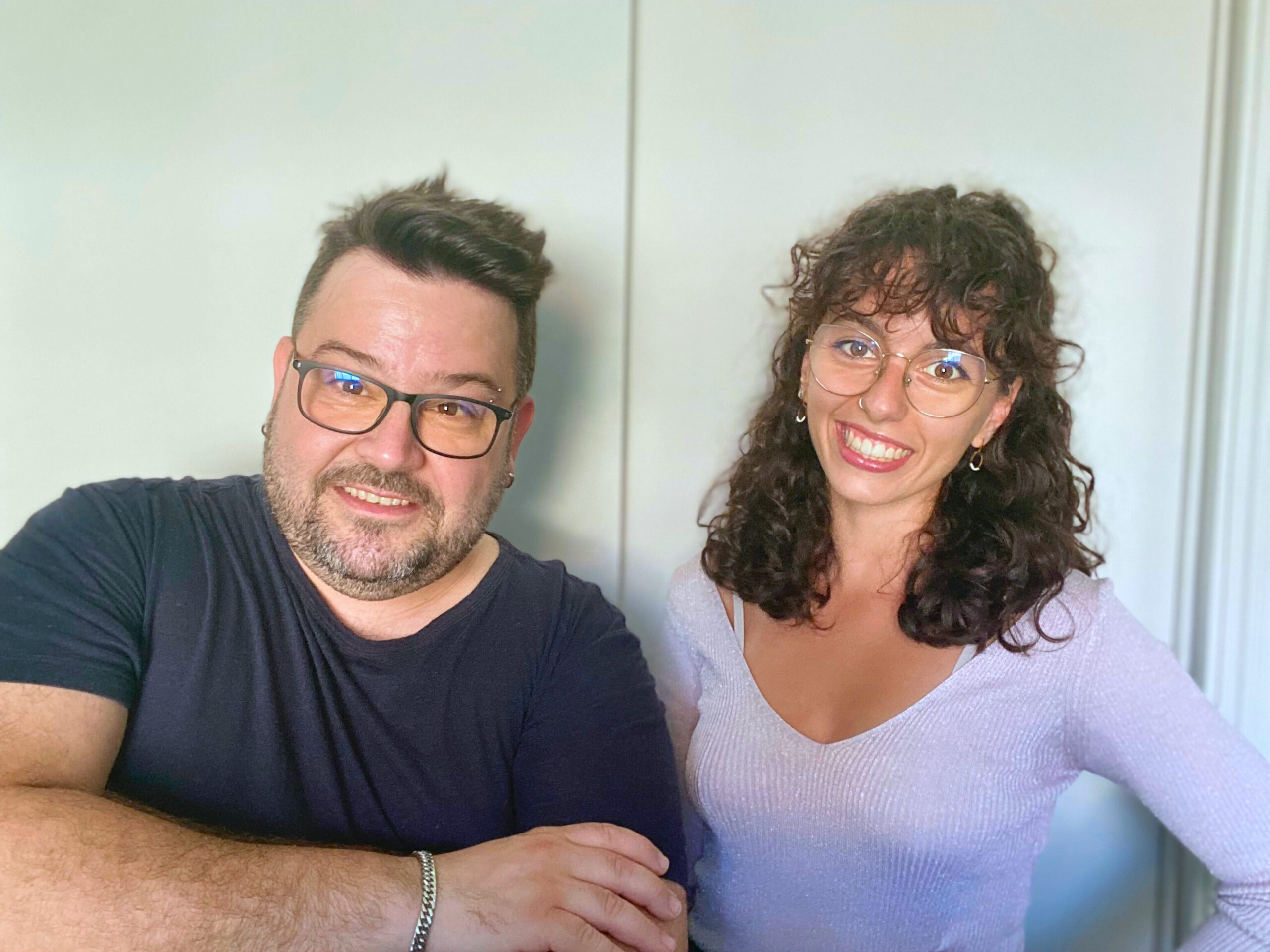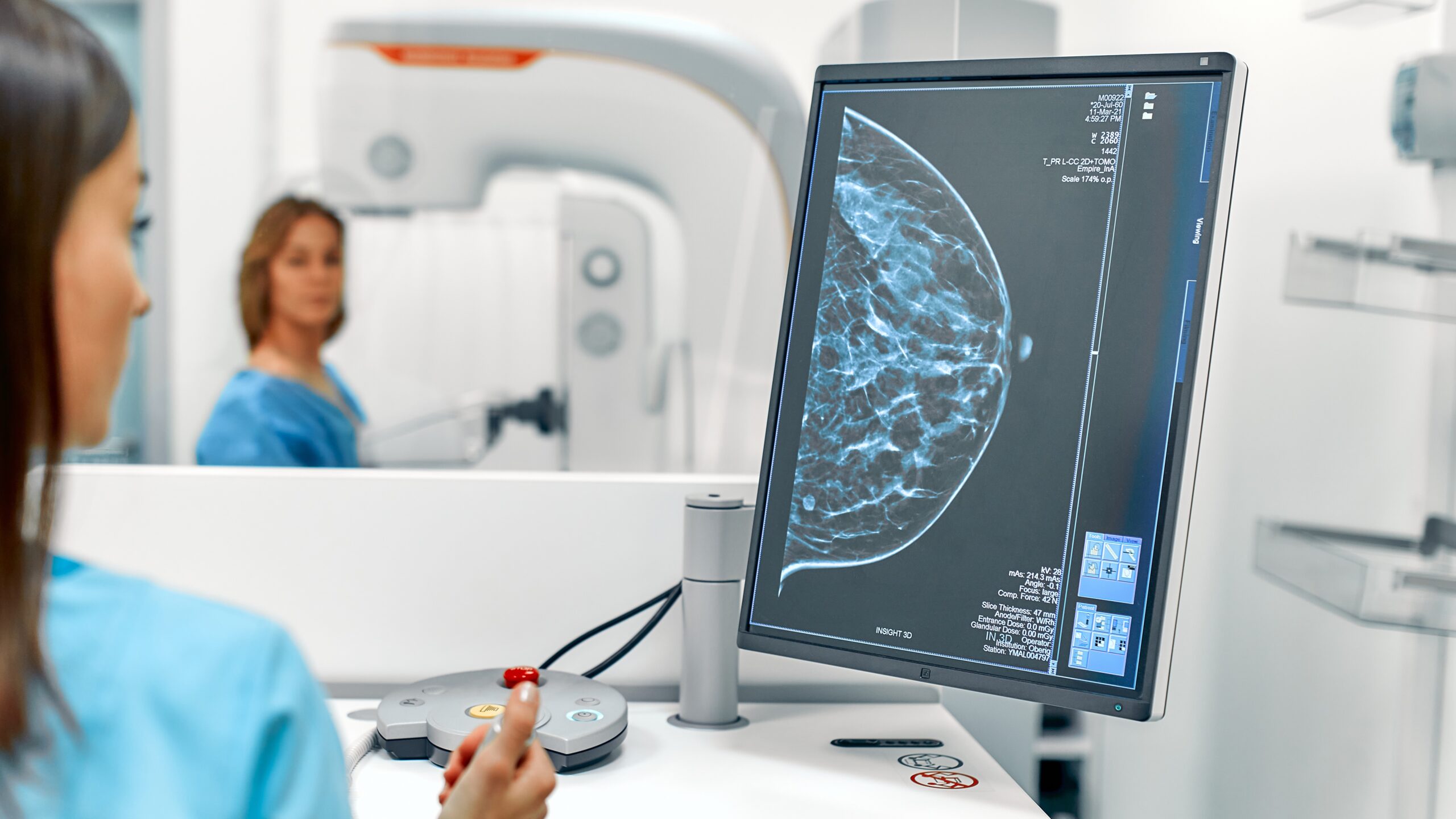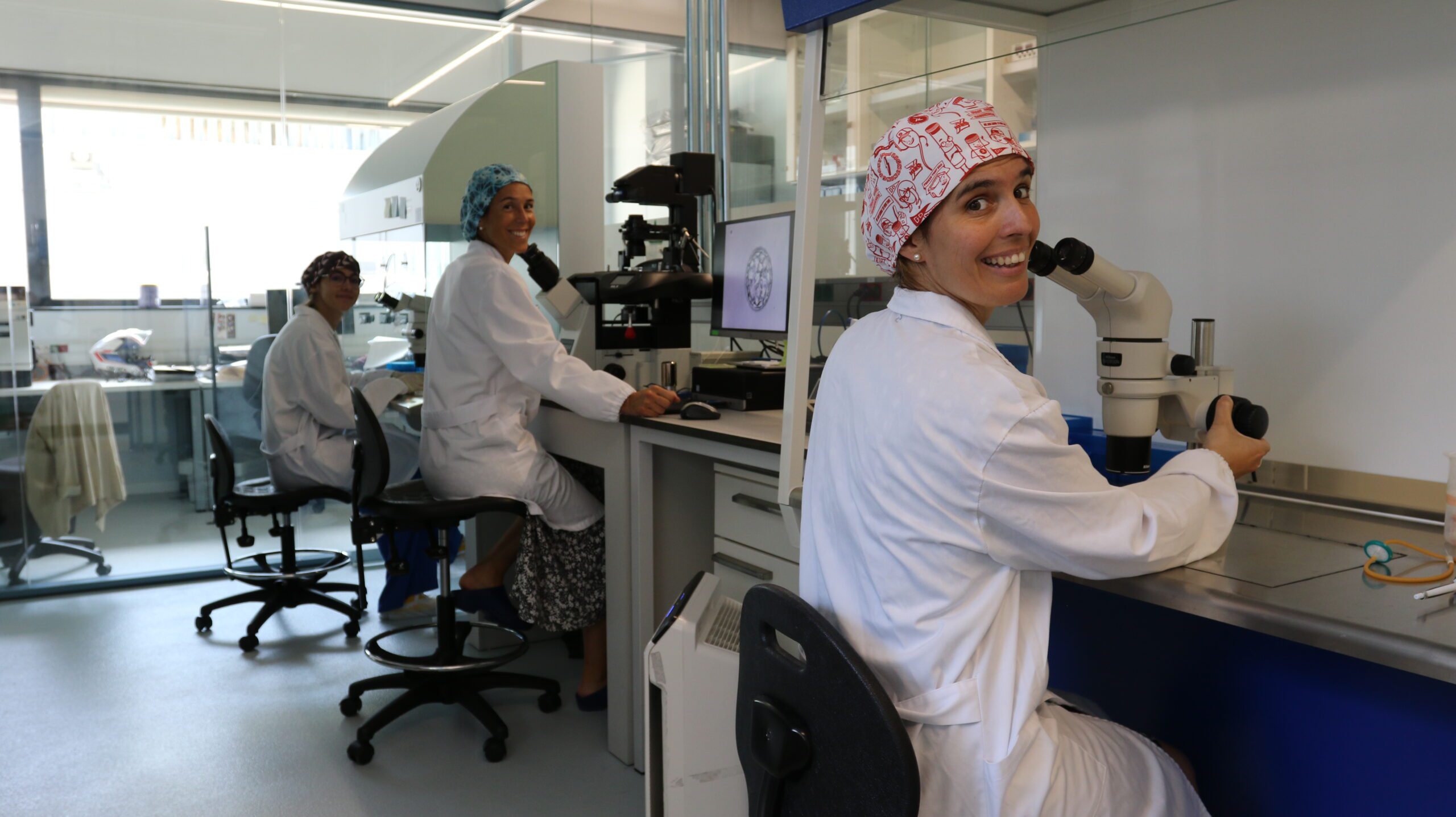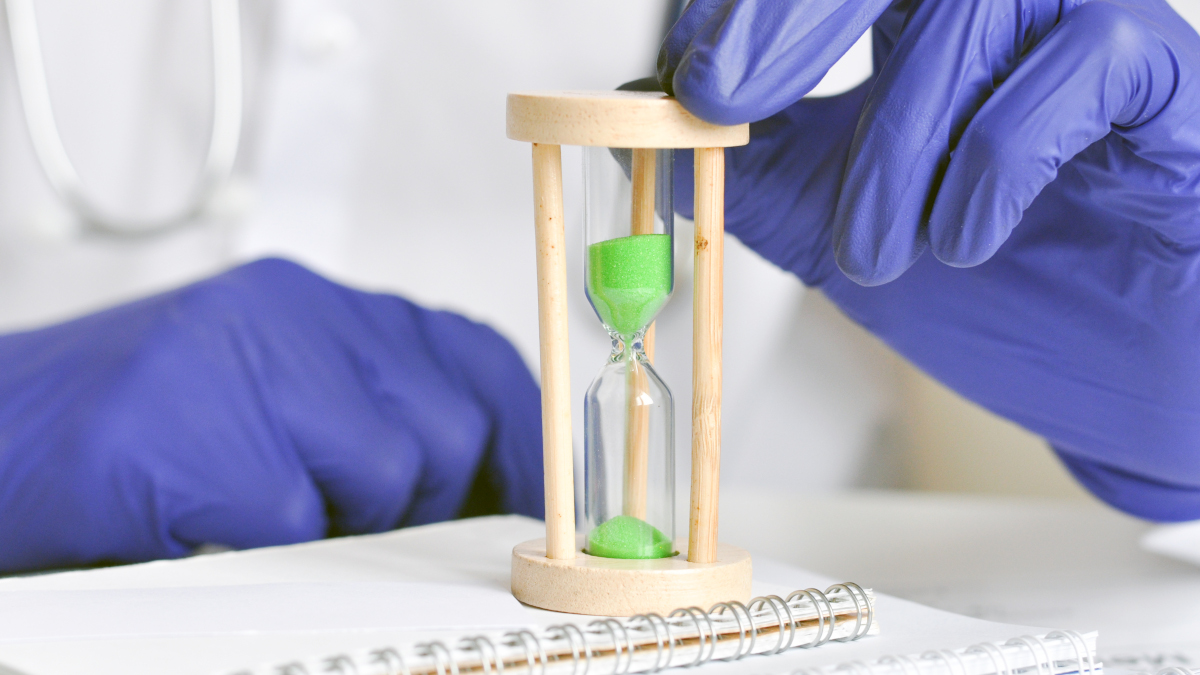A study led by IBEC successfully mimics the complex neuroblastoma vasculature on a chip to explore treatments for this pediatric cancer
Two studies led by IBEC have successfully mimicked the transdifferentiation process of the neuroblastoma vasculature in in vitro models. These models, one in 2D and the other on a microfluidic chip, provide platforms for identifying new biomarkers and designing effective therapies against this type of cancer.
